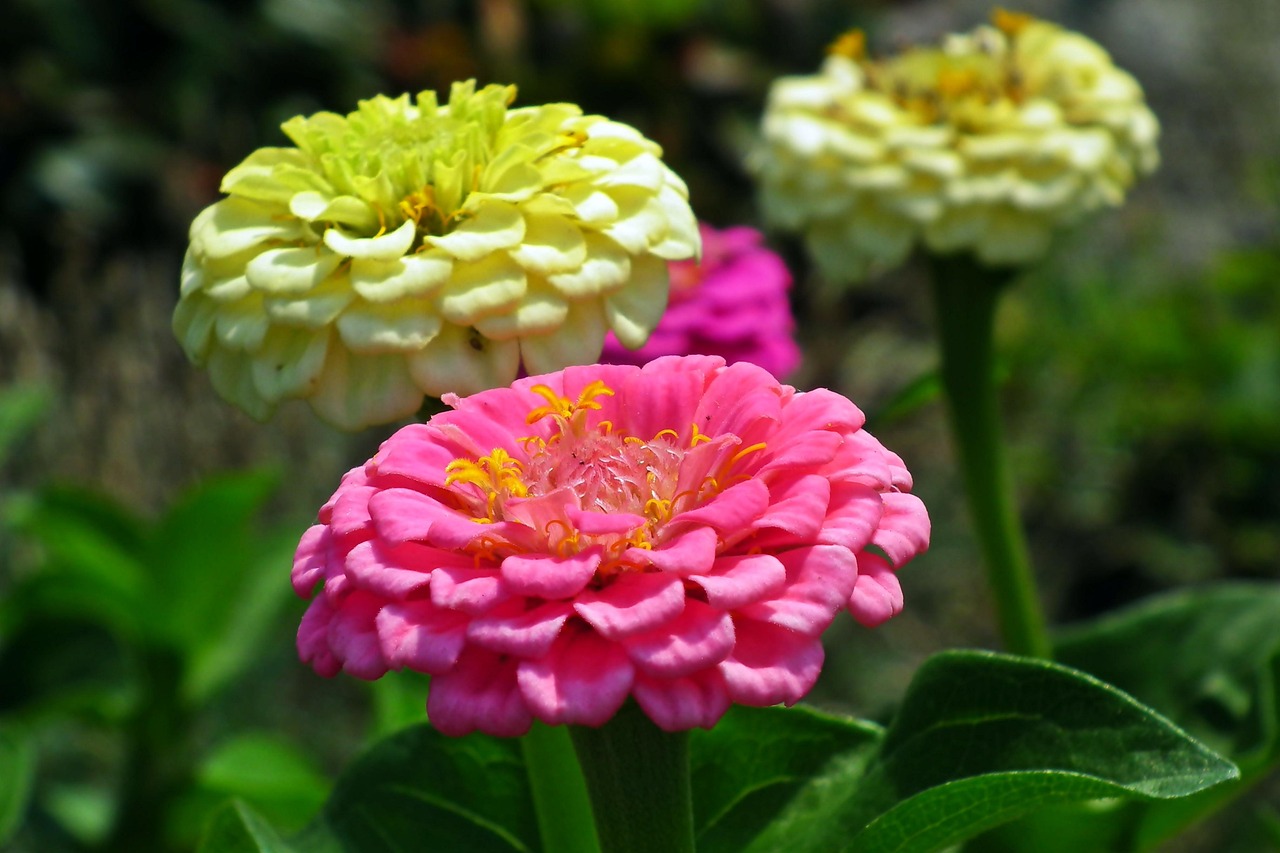
Creating a vibrant and blooming garden is a dream for many gardening enthusiasts. Zinnias, with their stunning colors and easy-to-grow nature, is a popular choice for adding a splash of joy to any outdoor space. However, knowing the optimal time to plant zinnia seeds is essential to ensure a successful and abundant display of blooms. In this article, we will explore the best timing for planting zinnia seeds, guiding you towards a flourishing garden filled with these captivating flowers. So let’s dive in and uncover the secrets of zinnia seed planting!
Understanding the Zinnia’s Dance with the Seasons
Zinnias are half-hardy annuals, meaning they thrive in warm weather but are susceptible to frost. This characteristic dictates the window for planting, as we wouldn’t want to expose them to the harsh chills of early spring.
Therefore, the key to success lies in understanding your local climate, particularly the average last frost date. This crucial information, often available from local gardening resources or online databases, marks the safe zone for planting frost-sensitive plants like zinnias.
Unveiling the Two Paths to Zinnia Success: Indoor vs. Outdoor Planting
The journey to a flourishing zinnia display unfolds through two primary avenues: starting seeds indoors and direct sowing outdoors. Each method possesses its own set of advantages and considerations.
1. Indoor Seed Starting: A Head Start for Early Blooms
For those eager to witness the magic of zinnias sooner rather than later, indoor seed starting offers a solution. This method allows you to get a head start on the growing season, potentially leading to blooms 2-3 weeks earlier than direct sowing outdoors.
When to Sow Indoors
- Timing is crucial: Aim to sow seeds 6-8 weeks before your last expected frost date. This ensures the seedlings have ample time to develop sturdy root systems before being transplanted outdoors.
- Temperature matters: Maintain a consistent temperature between 70-75°F (21-24°C) for optimal germination.
The Indoor Seed Starting Process
- Gather your tools: Seedling trays, seed starting mix, watering can, and a sunny windowsill or grow lights.
- Fill your trays: Moisten the seed starting mix and fill the trays, leaving about ¼ inch of space at the top.
- Sow the seeds: Gently push 1-2 seeds into each cell, barely covering them with soil.
- Maintain moisture: Keep the soil consistently moist, but not soggy. Use a spray bottle for gentle watering.
- Light, light, light: Provide ample light, either through a sunny windowsill for at least 6 hours a day or by using grow lights for 14-16 hours daily.
- Harden off the seedlings: Once the seedlings have developed several sets of true leaves, gradually introduce them to outdoor conditions for a week before transplanting.
2. Direct Sowing: Embracing the Simplicity of Outdoor Planting
For those seeking a more straightforward approach, direct sowing offers a convenient alternative. This method involves planting seeds directly into the prepared garden bed after the danger of frost has passed.
When to Sow Outdoors
- Wait for warm soil: The soil temperature should be consistently above 55°F (13°C) at a depth of several inches. This ensures optimal germination and seedling growth.
- Frost is the enemy: Ensure all danger of frost has passed before sowing your seeds. Refer to your local last frost date for guidance.
The Direct Sowing Process
- Prepare your bed: Choose a sunny location with well-drained soil. Amend the soil with compost or aged manure for added nutrients.
- Sow the seeds: Create shallow furrows about ¼ inch deep and space seeds according to the specific variety’s requirements (typically 6-18 inches apart).
- Cover and water: Gently cover the seeds with soil and water thoroughly. Keep the soil moist until germination occurs.
- Thinning for success: Once seedlings have established 2-3 sets of true leaves, thin them to the recommended spacing to allow for proper air circulation and prevent overcrowding.
Nurturing Your Zinnias for a Flourishing Display
- Sunlight is key: Zinnias are sun worshippers, requiring at least 6-8 hours of direct sunlight daily for optimal growth and flower production.
- Deadheading for continuous blooms: Regularly remove spent flowers (deadheading) to encourage continuous blooming throughout the season. Simply pinch or snip off the faded flower heads just below the stem.
- Feeding for vibrant displays: While not essential, fertilizing your zinnias with a balanced fertilizer every few weeks can provide an extra boost for vibrant blooms and healthy growth. Opt for a water-soluble fertilizer and follow the instructions on the package carefully.
- Pest control: Keep an eye out for common garden pests like aphids, mites, and chewing insects. Use organic methods like neem oil or insecticidal soap for control if necessary.
